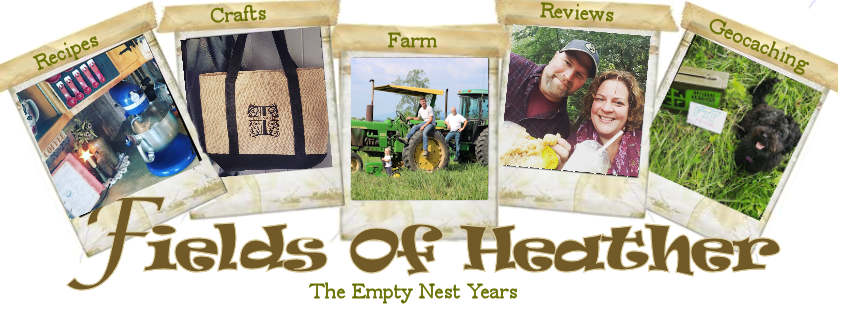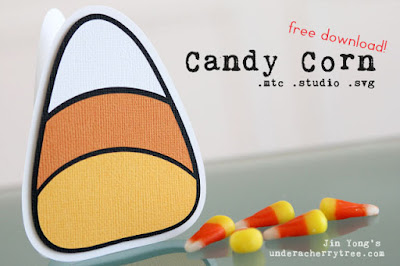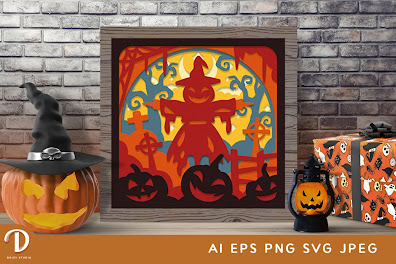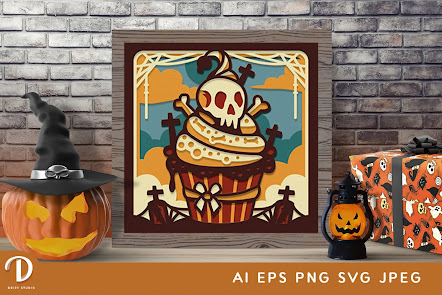- 1400’s: Europeans begin selling and exchanging handmade greeting cards, including Valentine’s Day cards (1415)
- 1775: Members of the Second Continental Congress appoint a Postmaster General for the United Colonies, creating the U.S. Post Office Department (predecessor to the United States Postal Service – USPS) on July 26. The USPS is the second oldest federal department or agency.in the U.S.
- 1800’s: Valentine’s cards become popular and affordable; the Penny Post debuts. Click here to look at some card samples from that time period.
- 1840: Postage stamp is introduced.
- 1843: First known Christmas card is published in London when Sir Henry Cole hires artist John Calcott Horsley to design a holiday card for his friends.
- 1849: Esther Howland becomes the first regular publisher of valentines in the U.S. and sells her first handmade Valentine. Howland establishes a successful publishing firm specializing in elaborately decorated cards.
- 1856: German immigrant Louis Prang opens a small lithographic business near Boston, and America’s greeting card industry begins. The GCA recognizes the Father of the American Christmas Card with its annual LOUIE Awards, the definitive competition of the greeting card and social expression industry.
- 1866: By this time, Prang perfected the color lithographic process, as shown in his reproductions of famous paintings, surpassing the quality produced by craftsmen in the U.S. and England.
- 1870s (early): Prang publishes deluxe editions of Christmas cards, sold mainly in England.
- 1875: Prang introduces the first complete line of Christmas cards in America.
- 1941: A small group of publishers, under the leadership of George Burkhardt of Burkhardt-Warner, established the Greeting Card Industry, predecessor of today’s Greeting Card Association.
- 1943: The association cooperated with the Post Office, later to become the United States Postal Service, on the first “Mail Early” Christmas campaign.
Where To Find Free Halloween Cards
Where To Find Free Halloween Shadow Box SVGS
Where To Find Free SVGS For Lighted Halloween Shadow Boxes
Spooky Pumpkin Pillow
Beeswax Bowl Wraps

Reusable Fabric Wraps - An Alternative To Plastic Wrap
I made these a few weeks ago, and I have been loving them! The method I used is simply beeswax pellets. But I read of another version using jojoba oil, pine resin, and beeswax, and I love these enough to try the second recipe for a comparison. [Recipe for the second version is near the bottom of this post - I haven't tried that one yet!]
Creating My Sourdough Journal - Assorted Printables
I've been working through my collection of sourdough recipes this year, attempting to sort them out and keep only the recipes I love. However, I didn't really keep track specifically of what I liked, and what I didn't.
And then I learned about sourdough logs. And if I'm going to print a notebook full of logs, I may as well add some tips, and charts...
My sourdough journal is nowhere near complete, but here are a few of the printables I have compiled so far for in it:























































